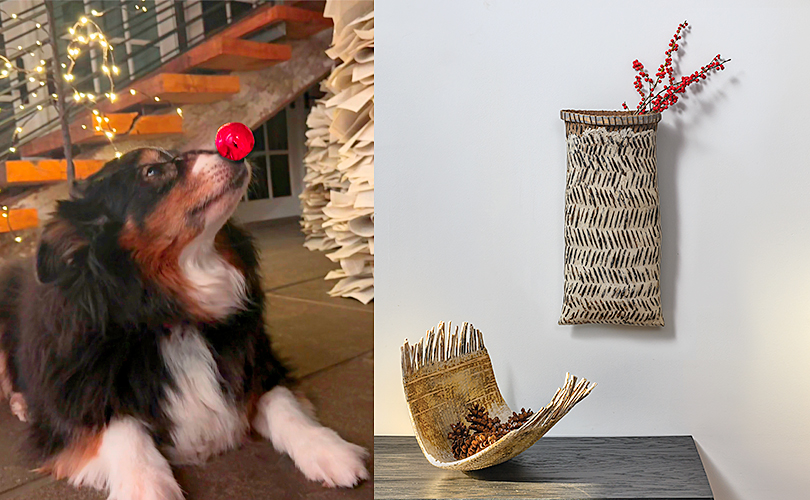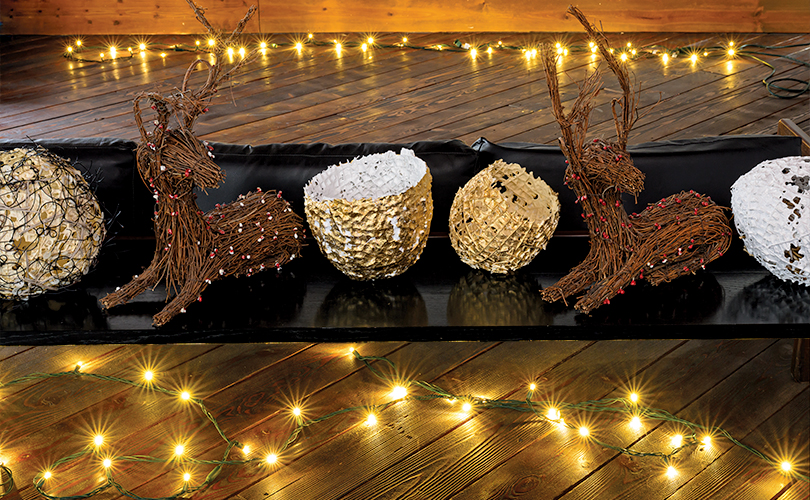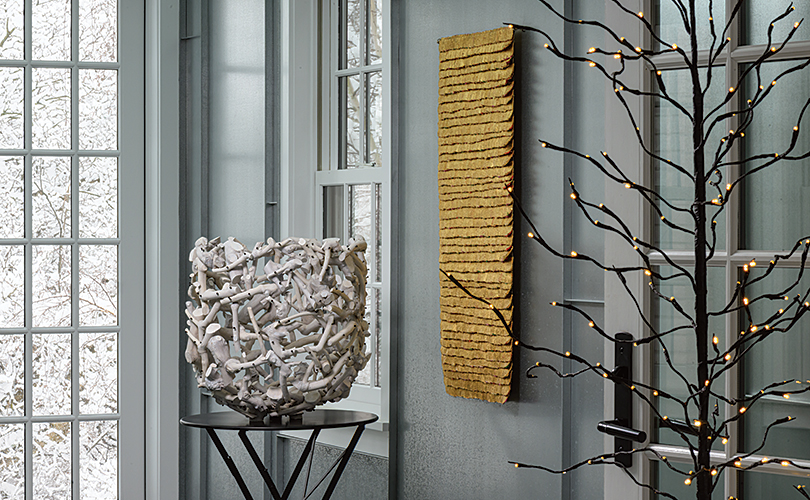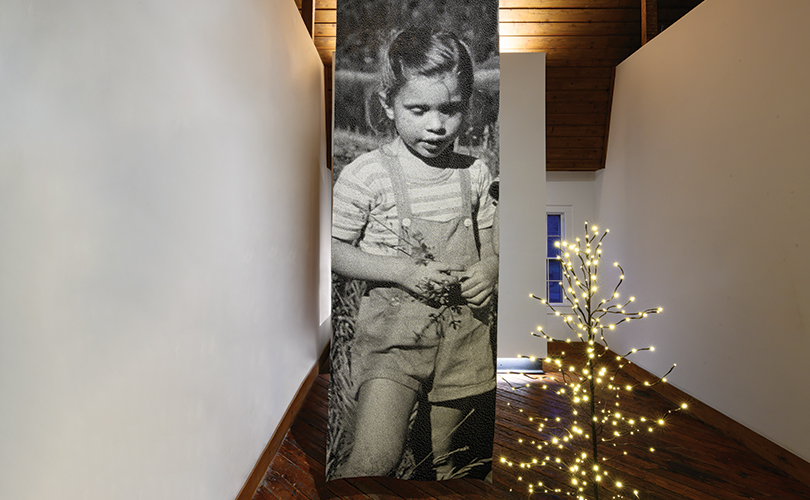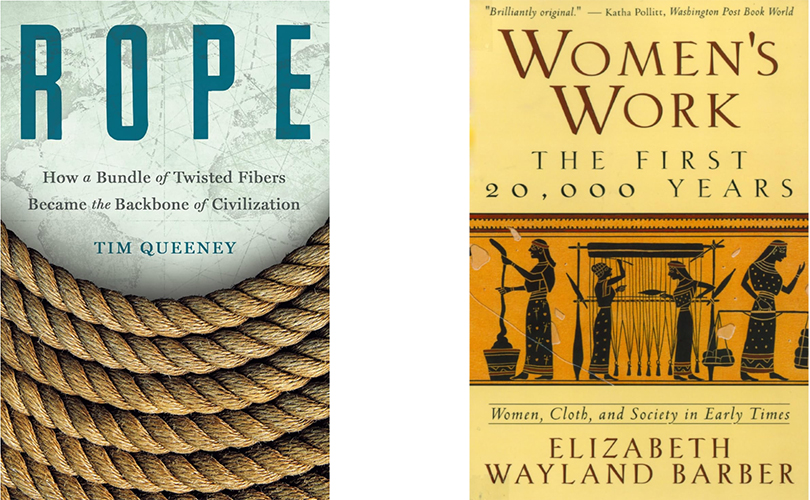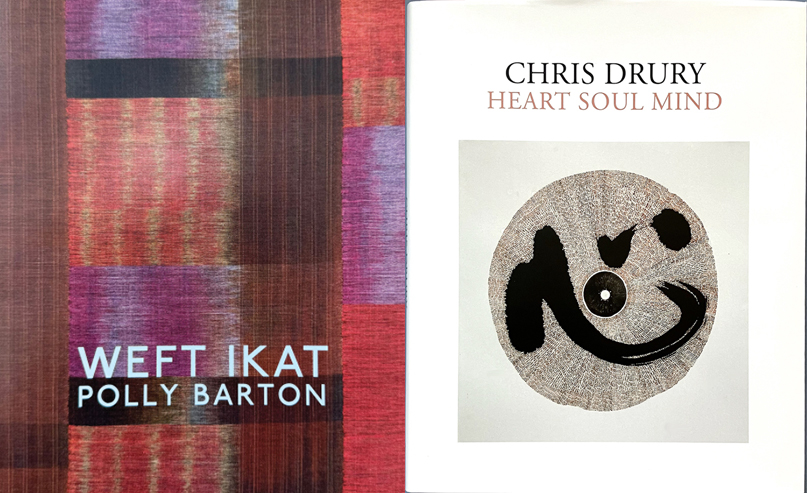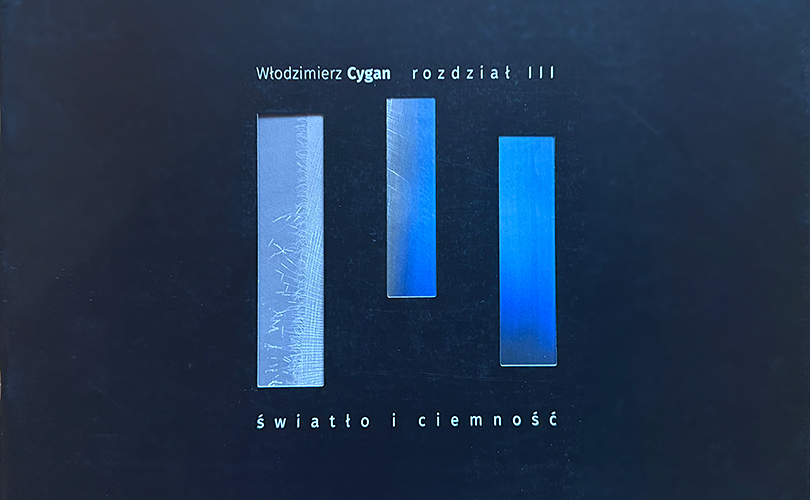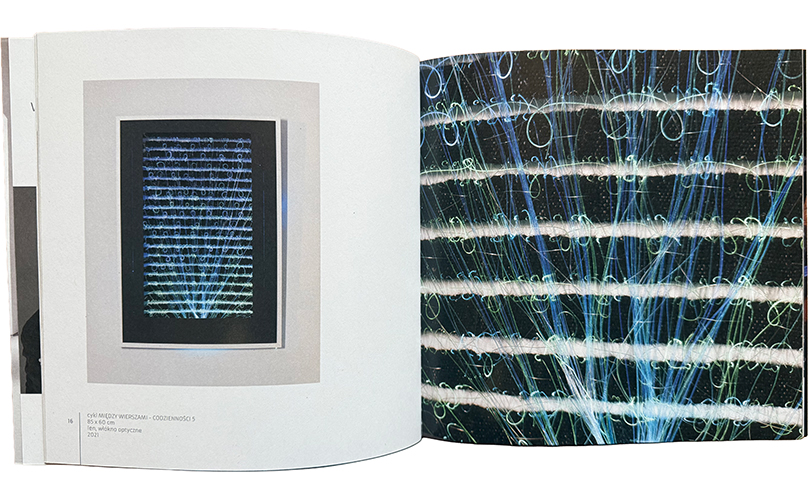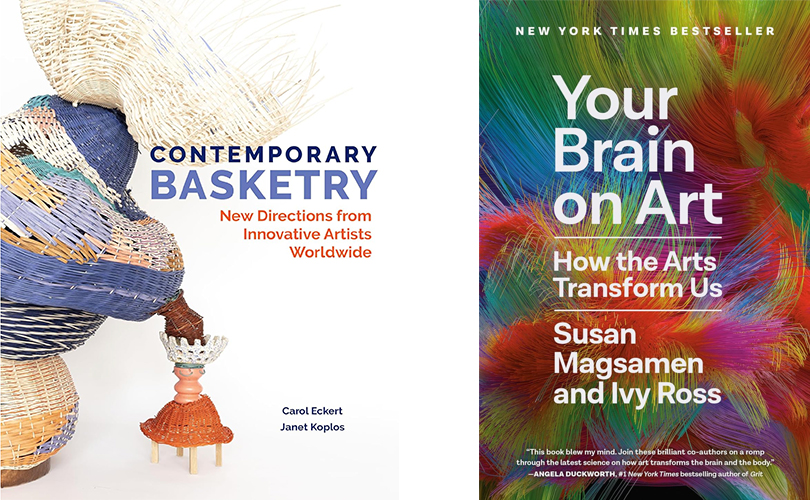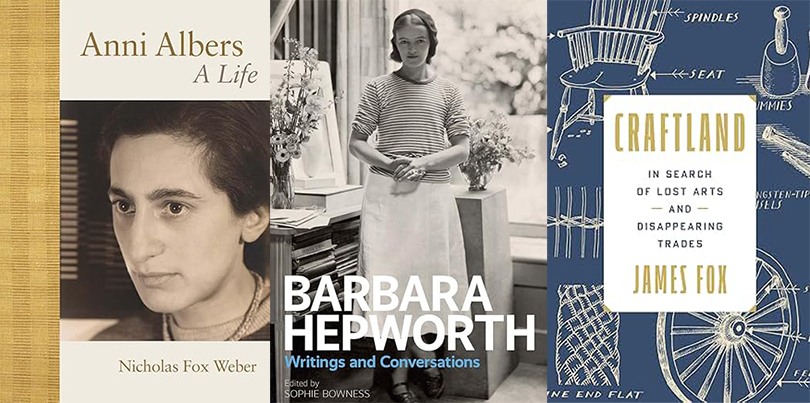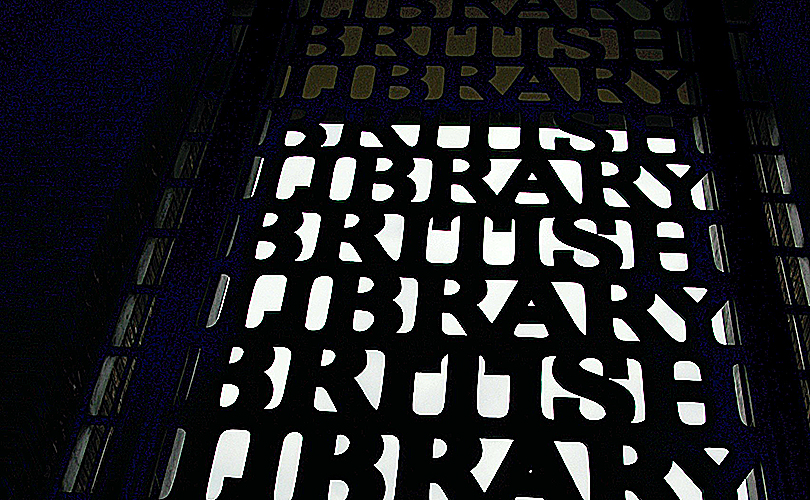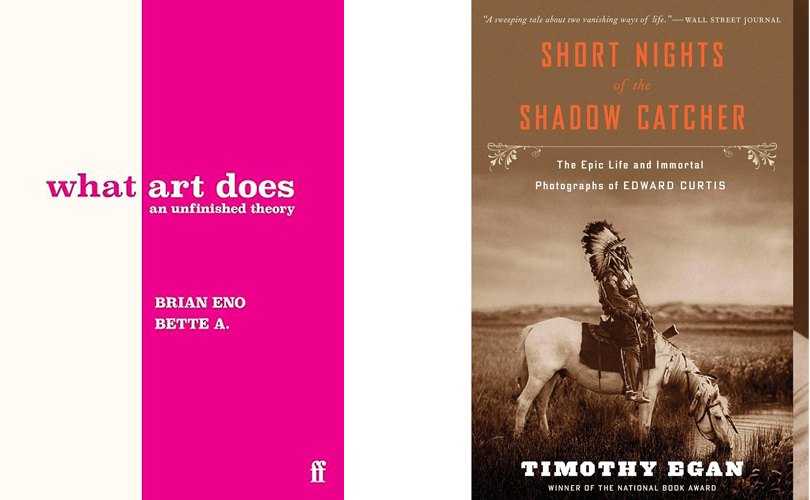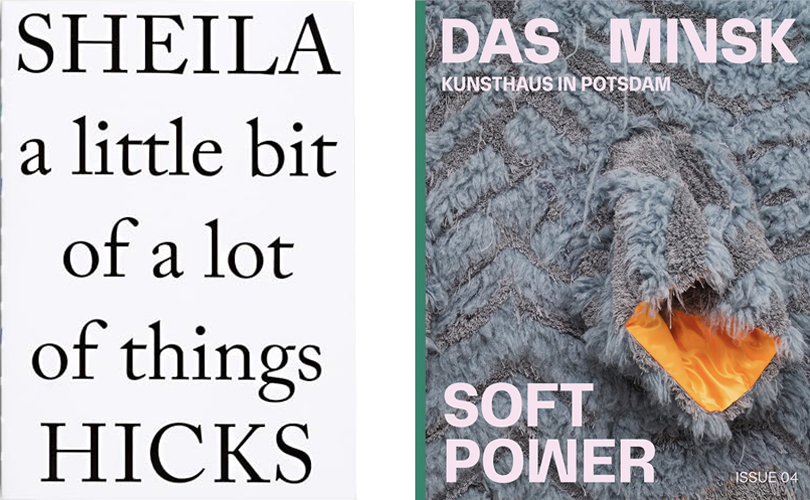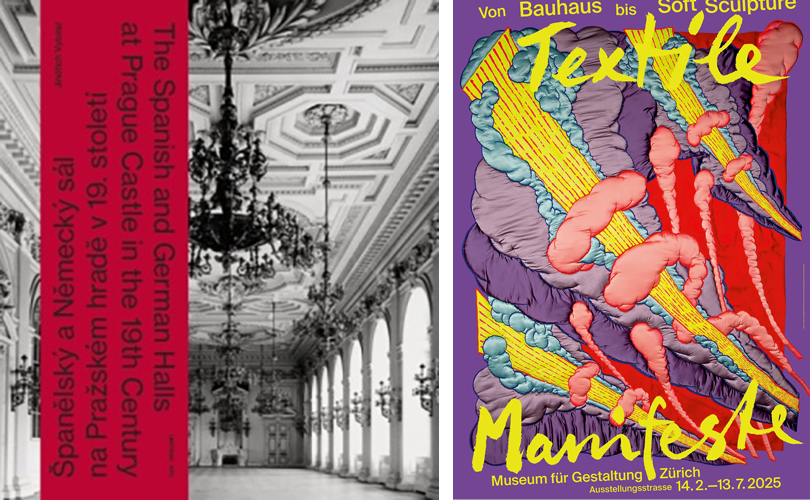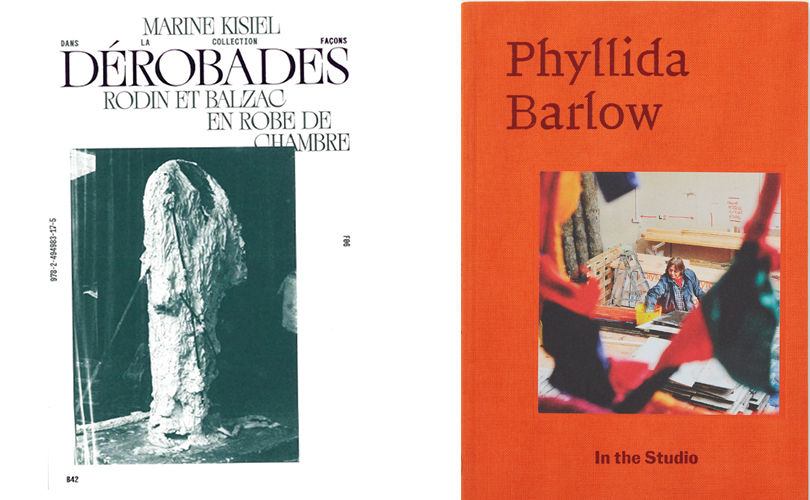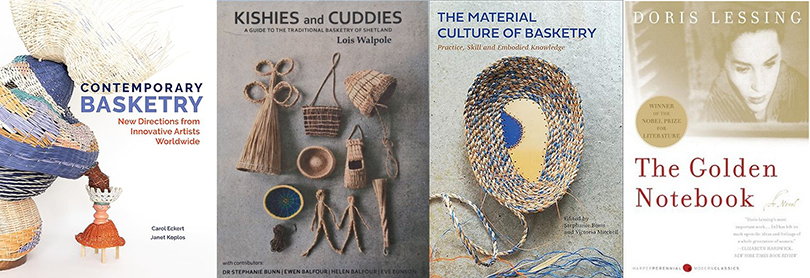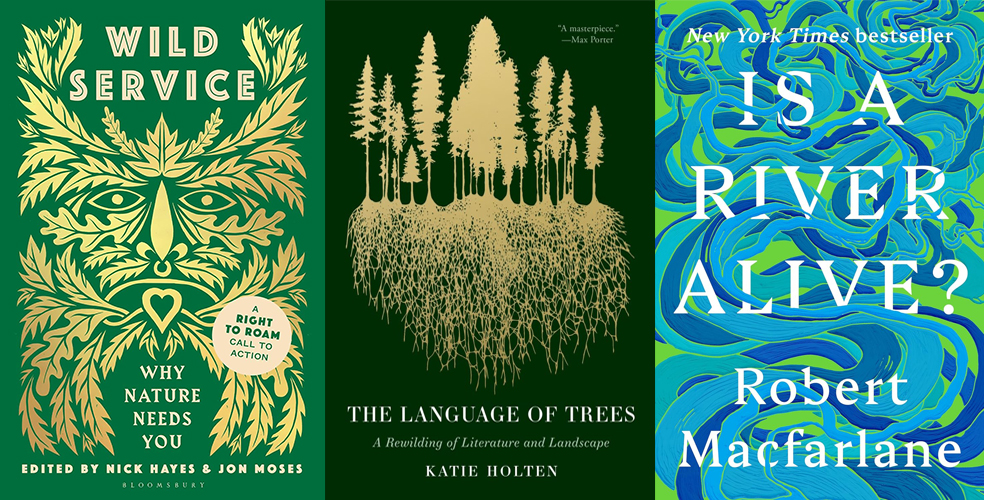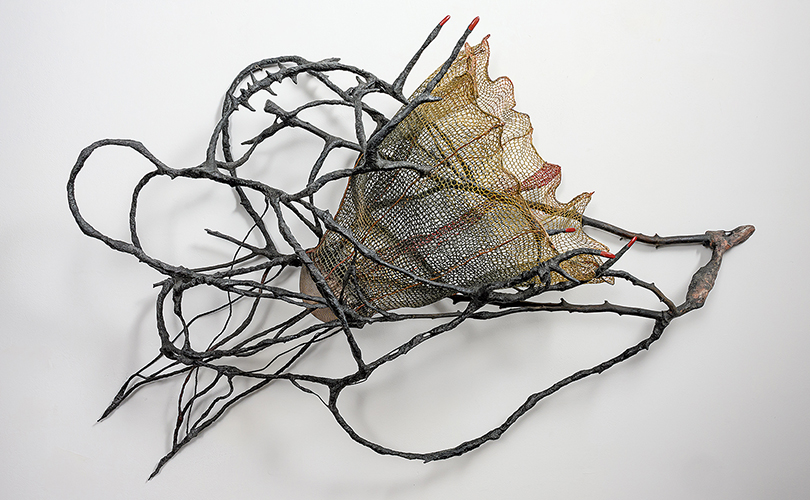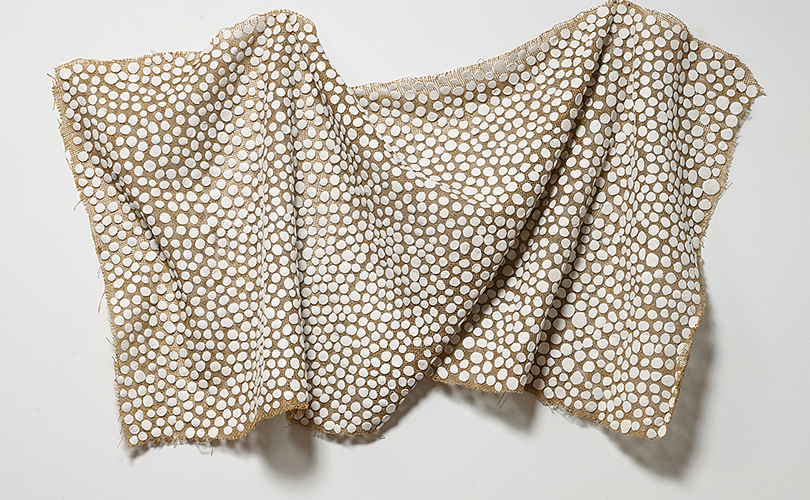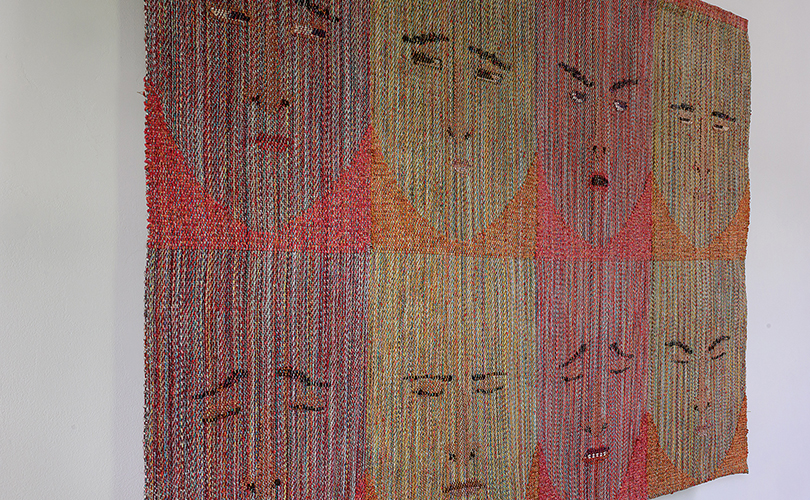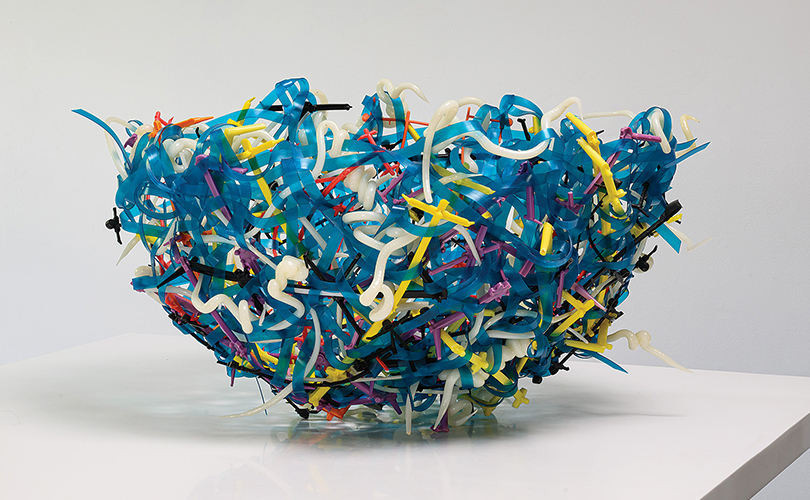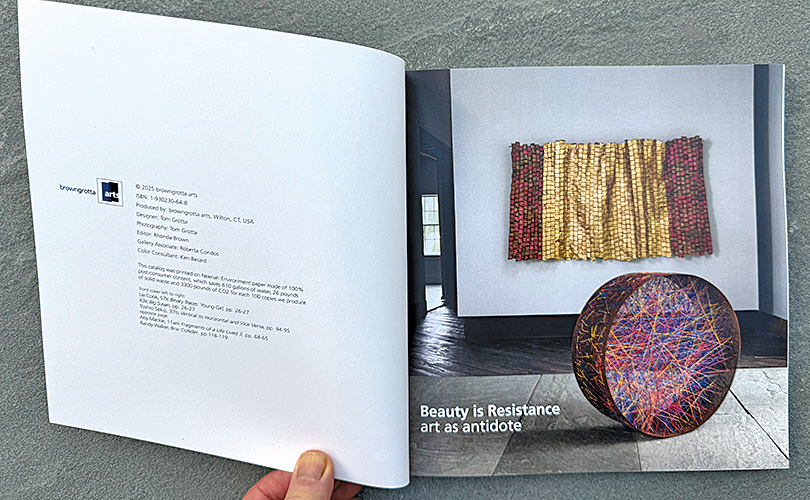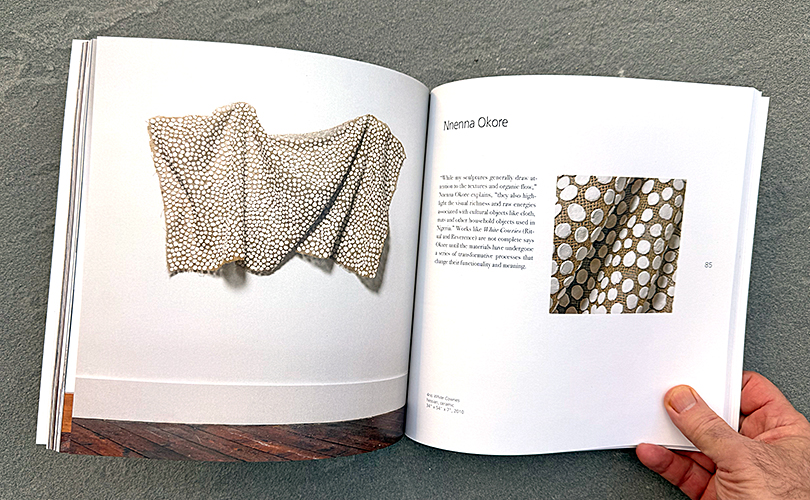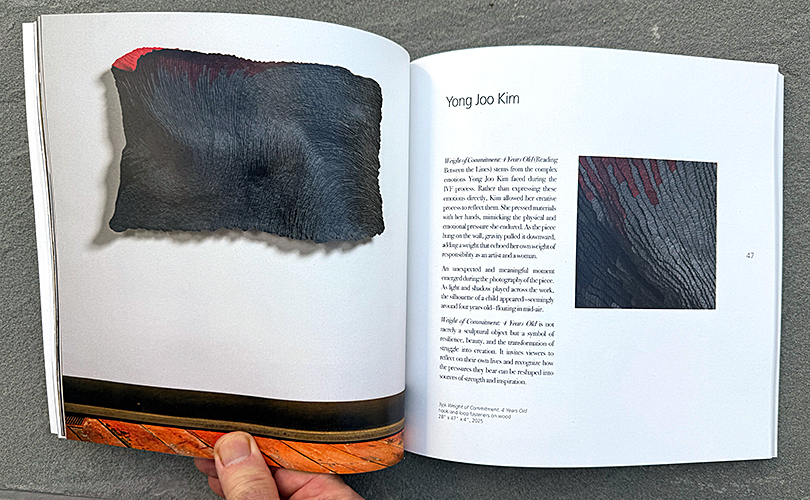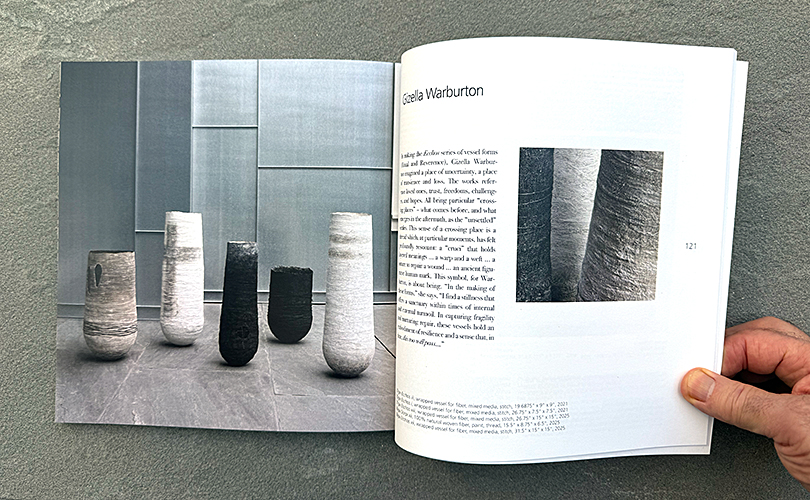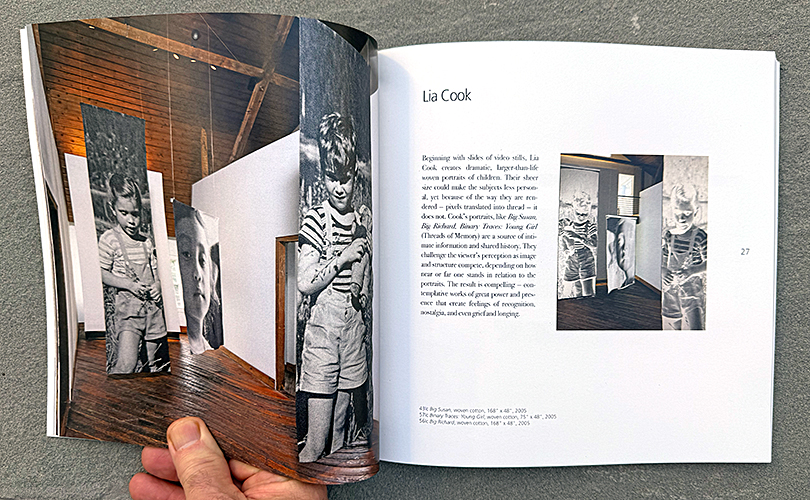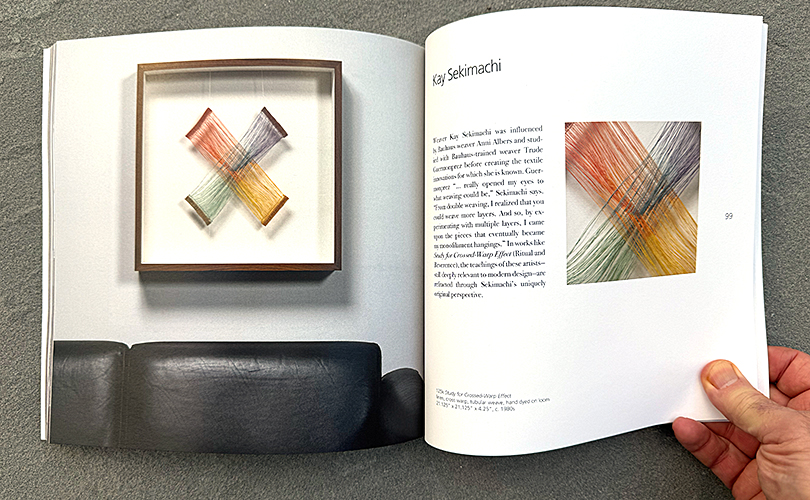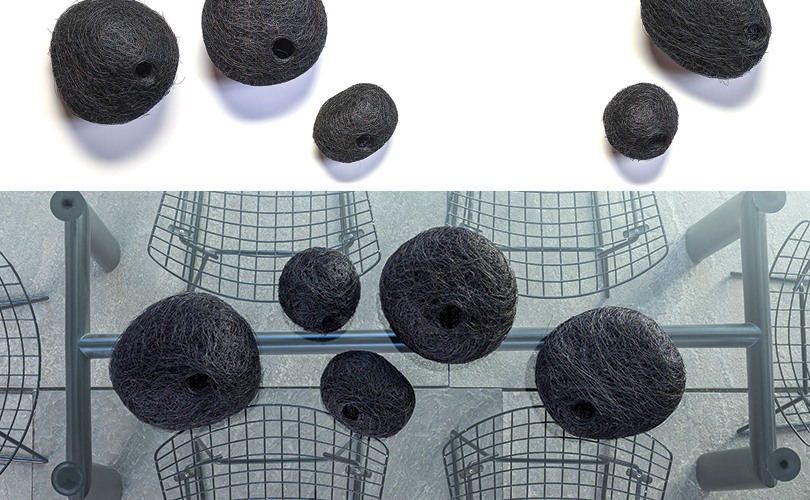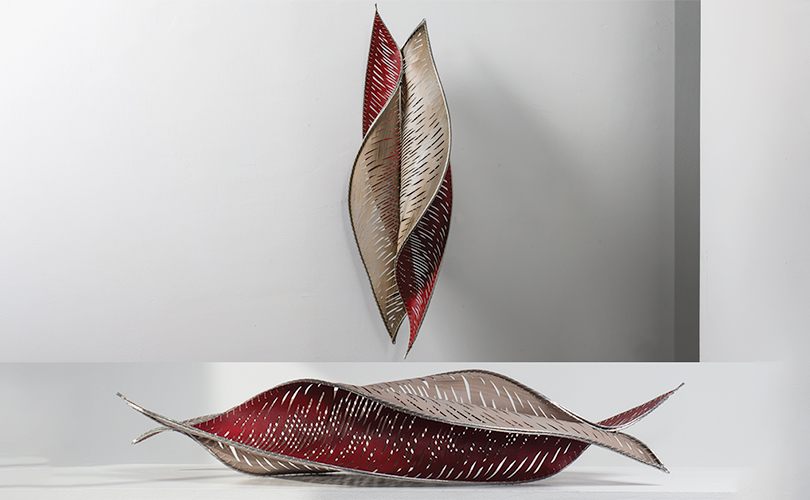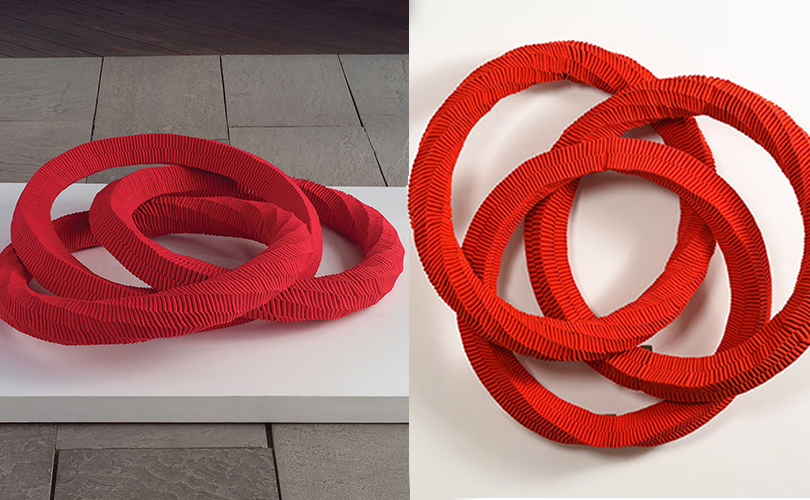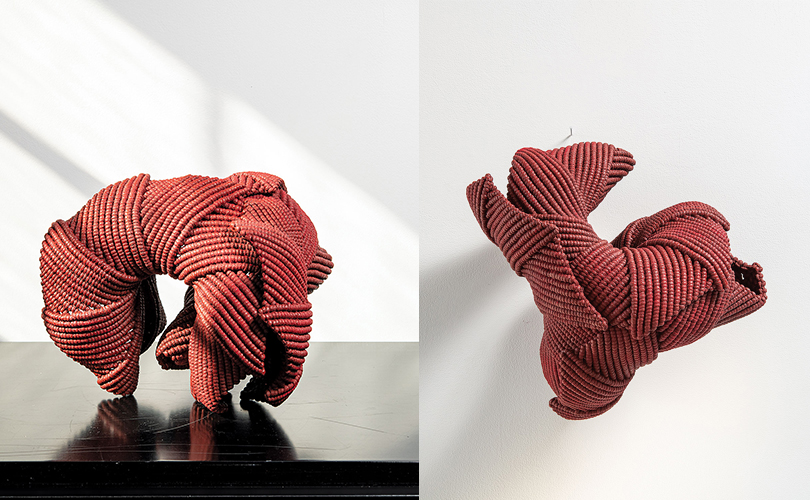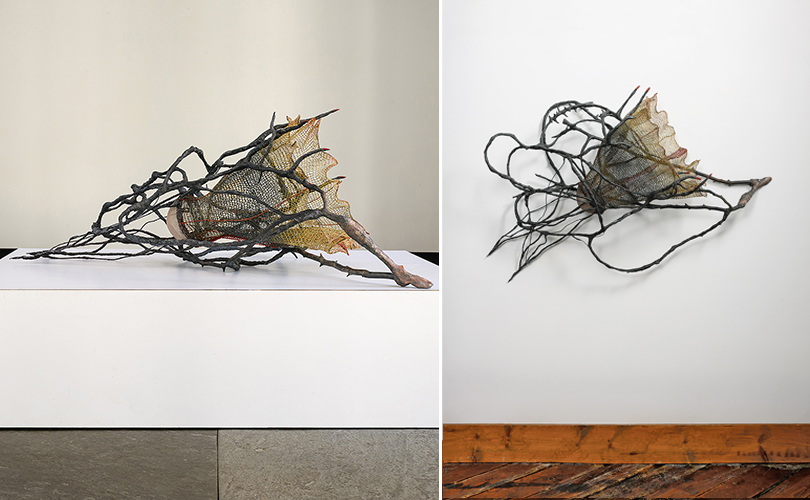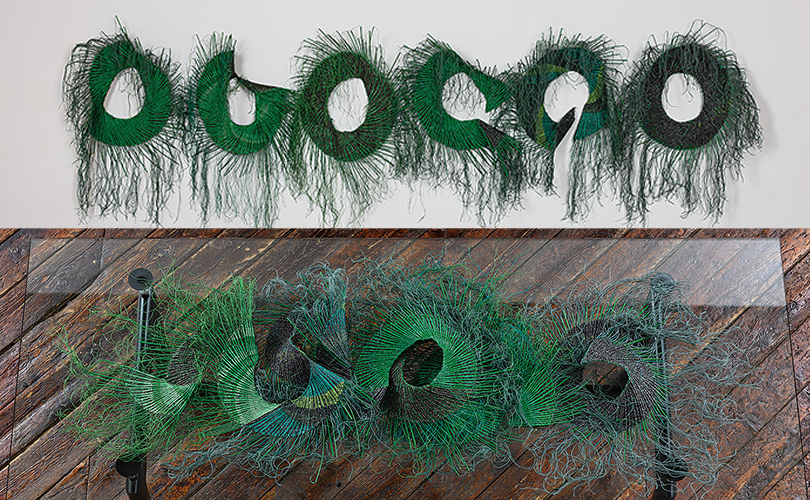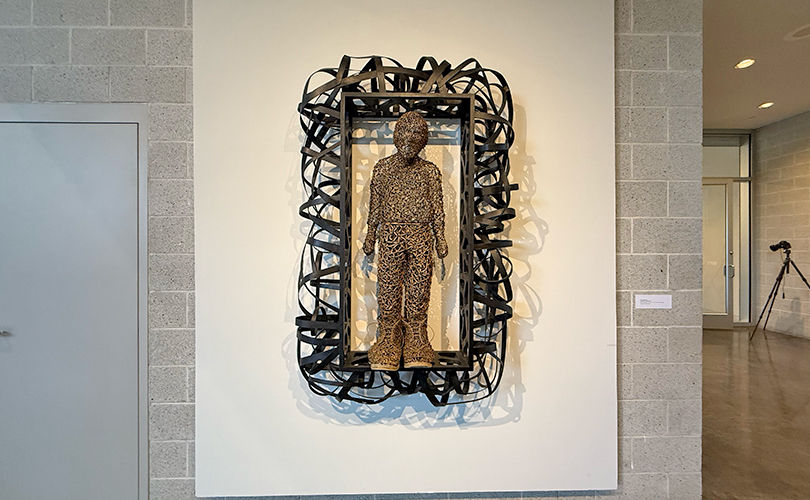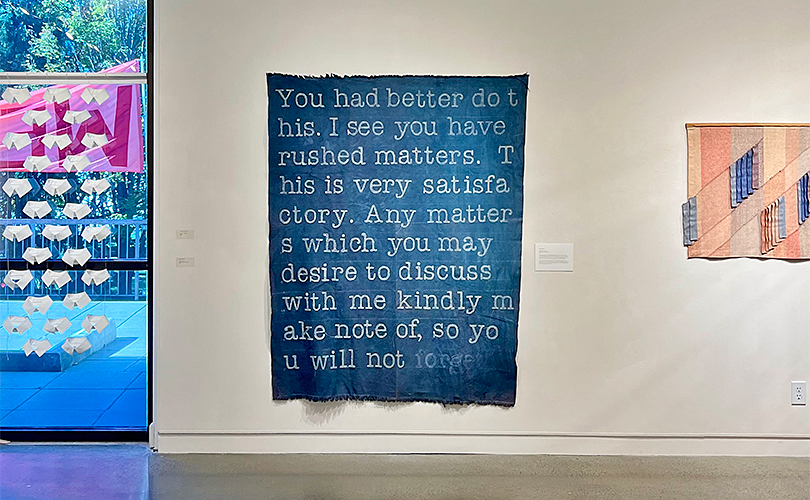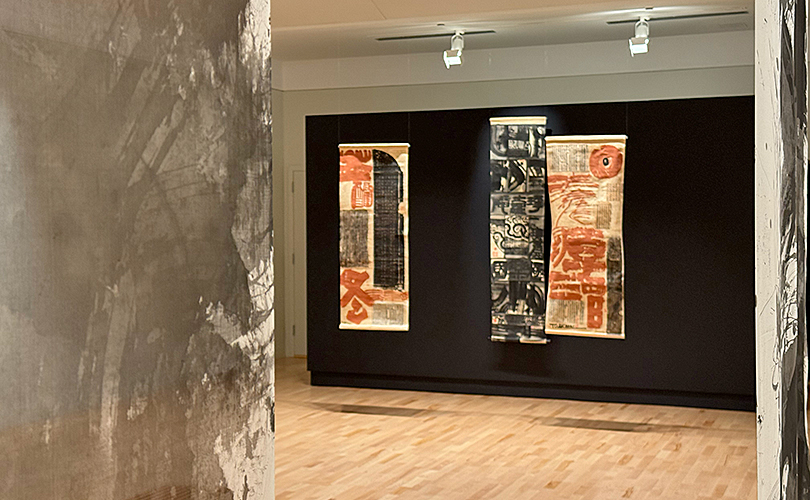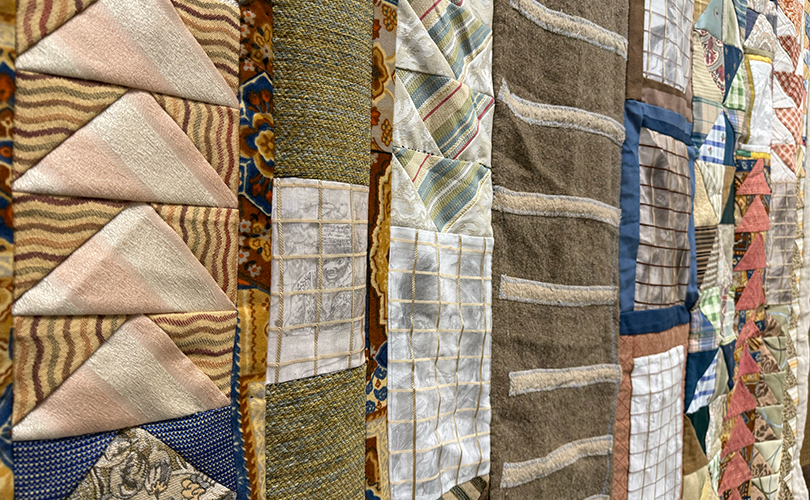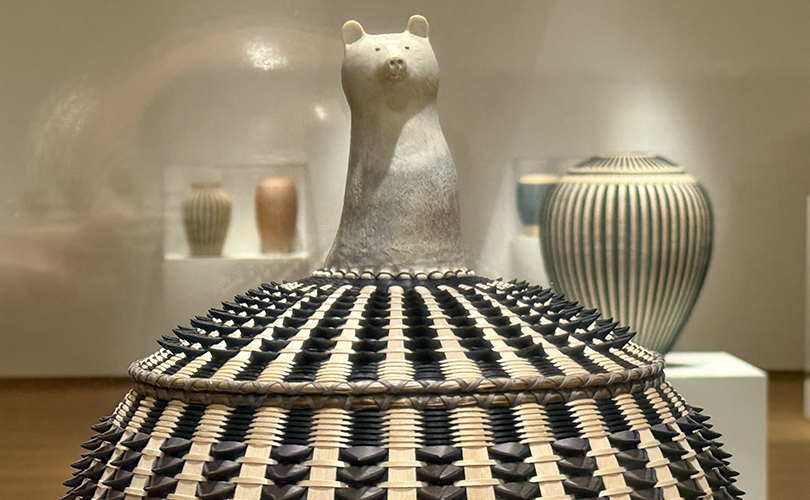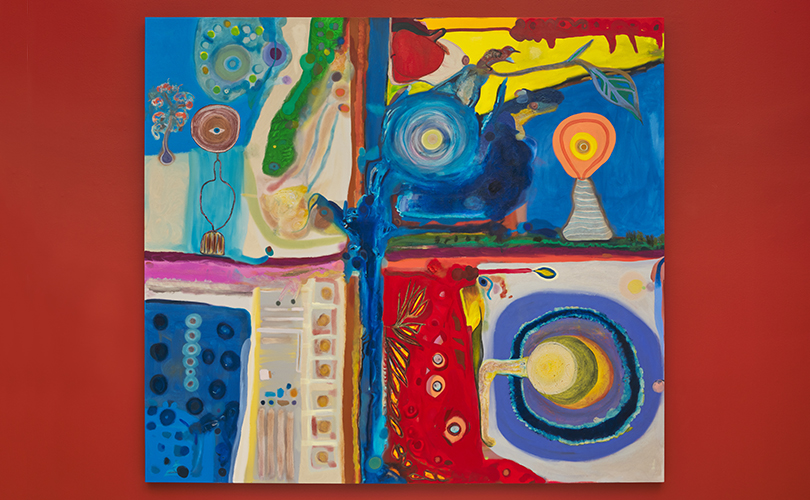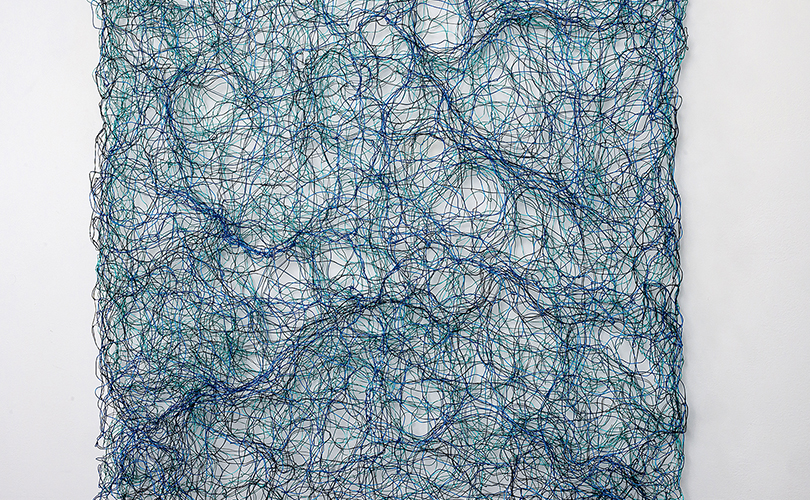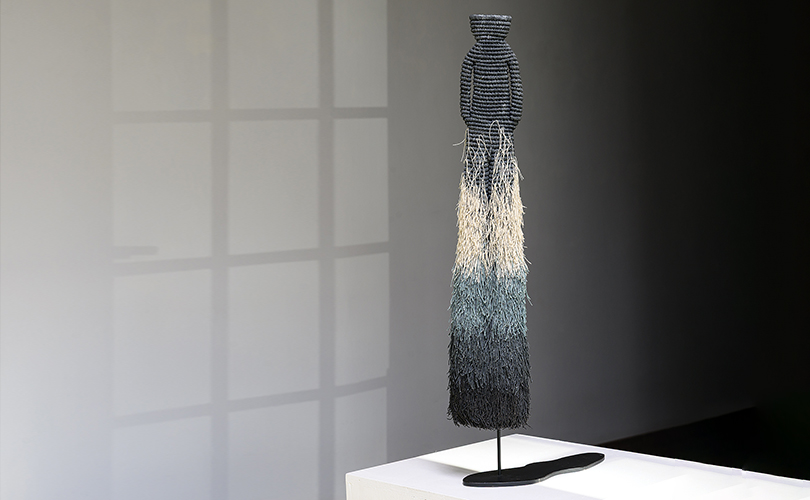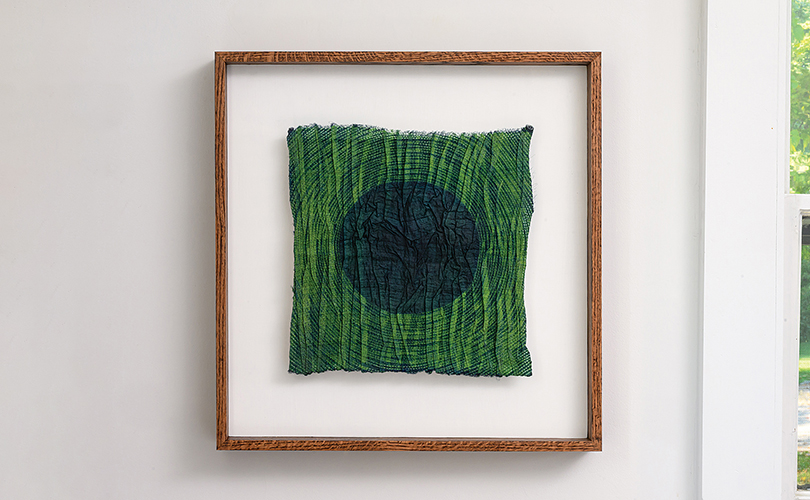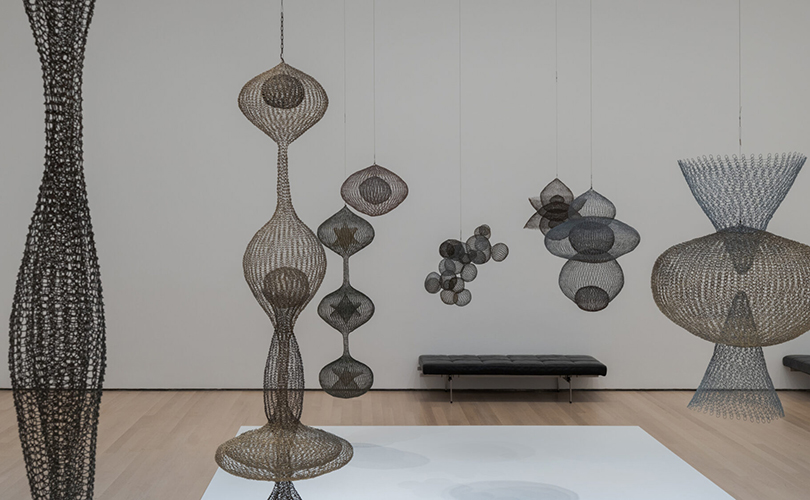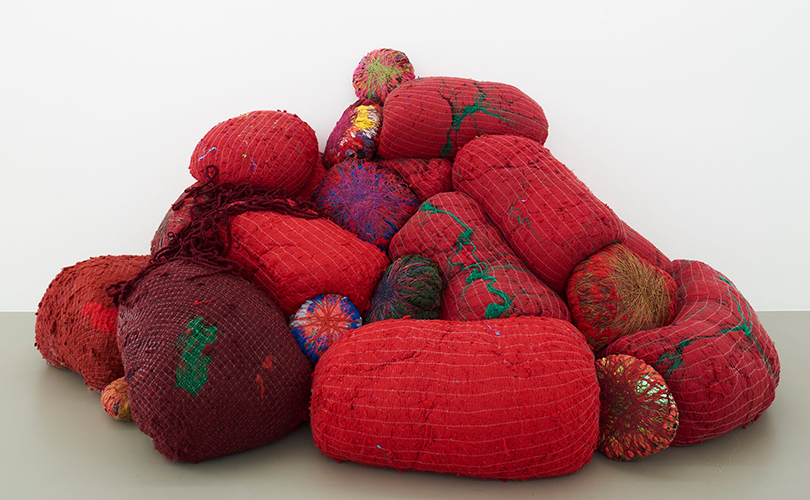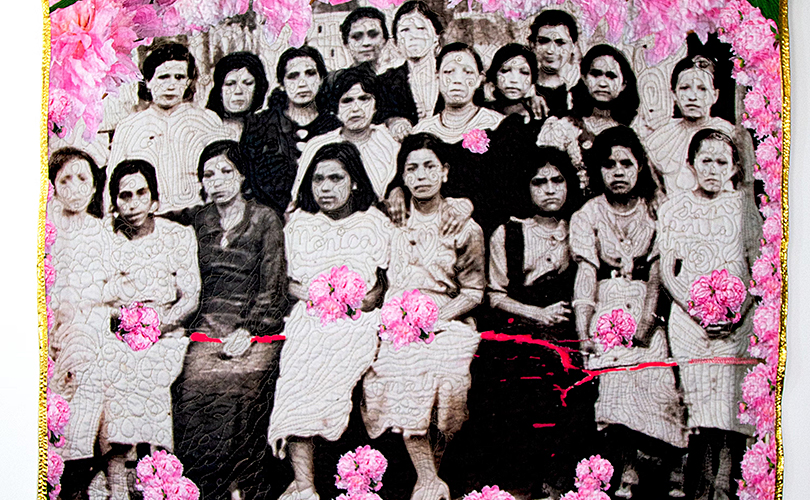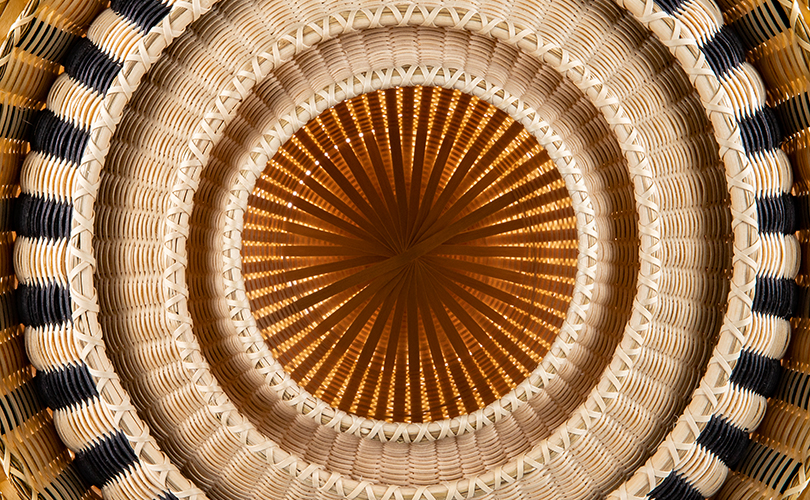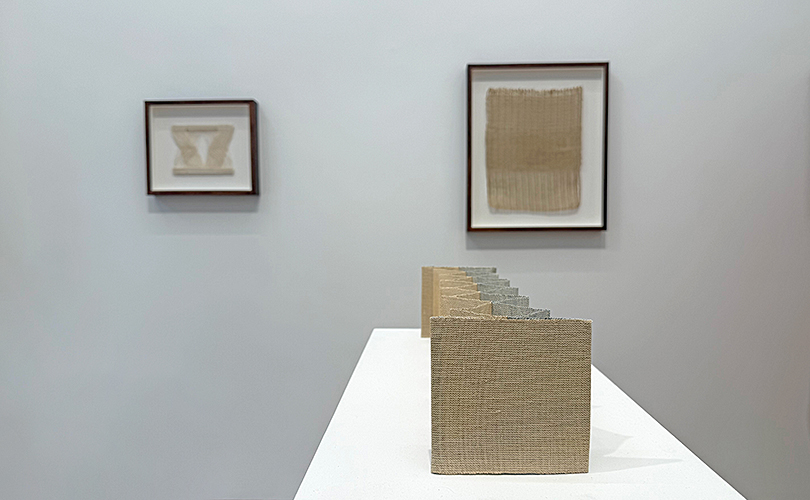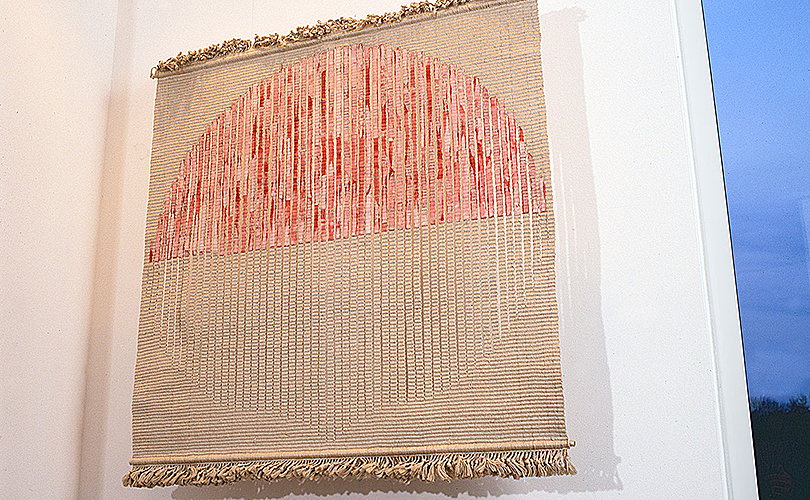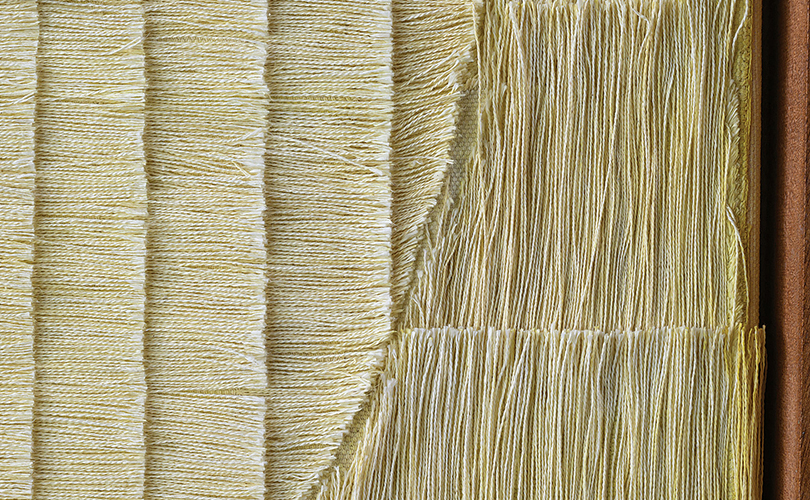
Sophie Rowley, a German and New Zealand artist with an MA from Central Saint Martins London, lives and works in Berlin. With a background in textiles, her work embraces the experimentation with techniques in fiber. Rowley’s work explores how repetitive gestures and modes of deconstruction can foster evolutionary change. Central to her approach, are self-developed techniques involving meticulous repetition. Unfolding across days, weeks, and months, the result is intricate, corporeal “paintings” that challenge the inherent structural norms and tangible aspects of canvas, redefining its role as a mere substrate to the very essence of the artwork itself.
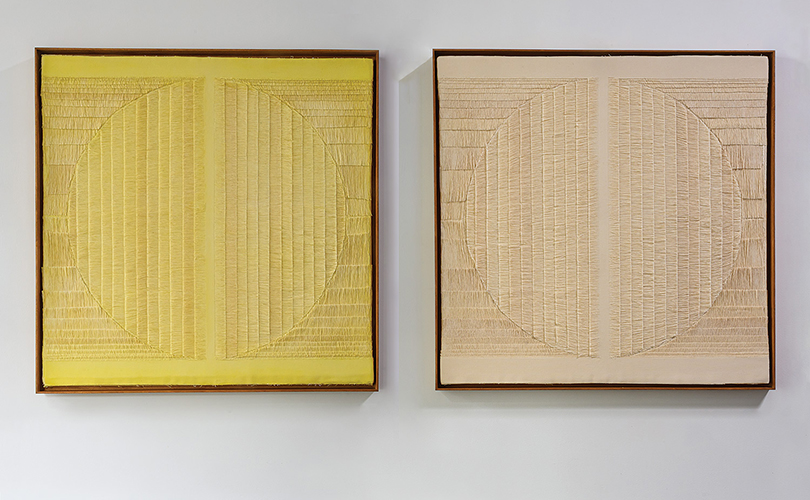
“I like to view deconstruction as not merely a visual or formal technique that I employ,” says Rowley. “I like to think of it also in a broader sense and to explore what lies between the material and the discursive: How do internal perceptions manifest in tangible form? What new insights emerge through the process of undoing? I believe it is essential to question known structures and challenge received ideas, not only on a material level but also in the intangible realms.”
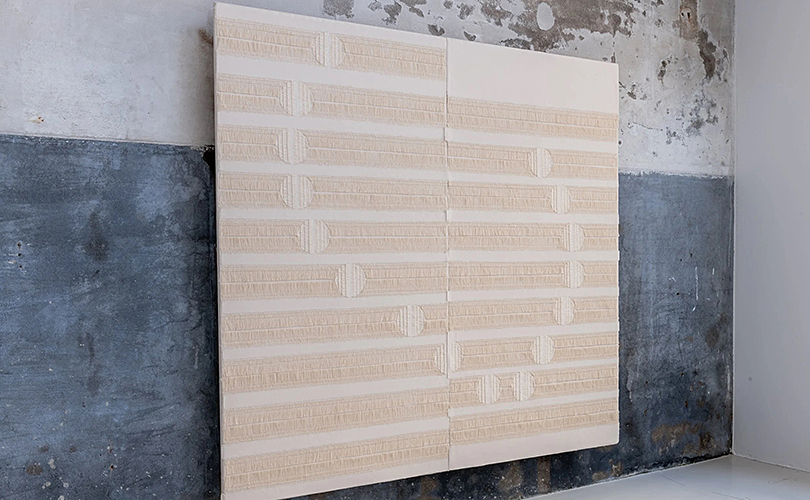
Rowley also disrupts conventional perceptions surrounding predetermined gender associations attributed to mediums and materials. Embracing a feminist ethos, she celebrates the utilization of traditionally female mediums that are historically rooted in domesticity. Her practice questions entrenched biases, inviting a reevaluation of societal constructs that dictate artistic expression along gendered lines.
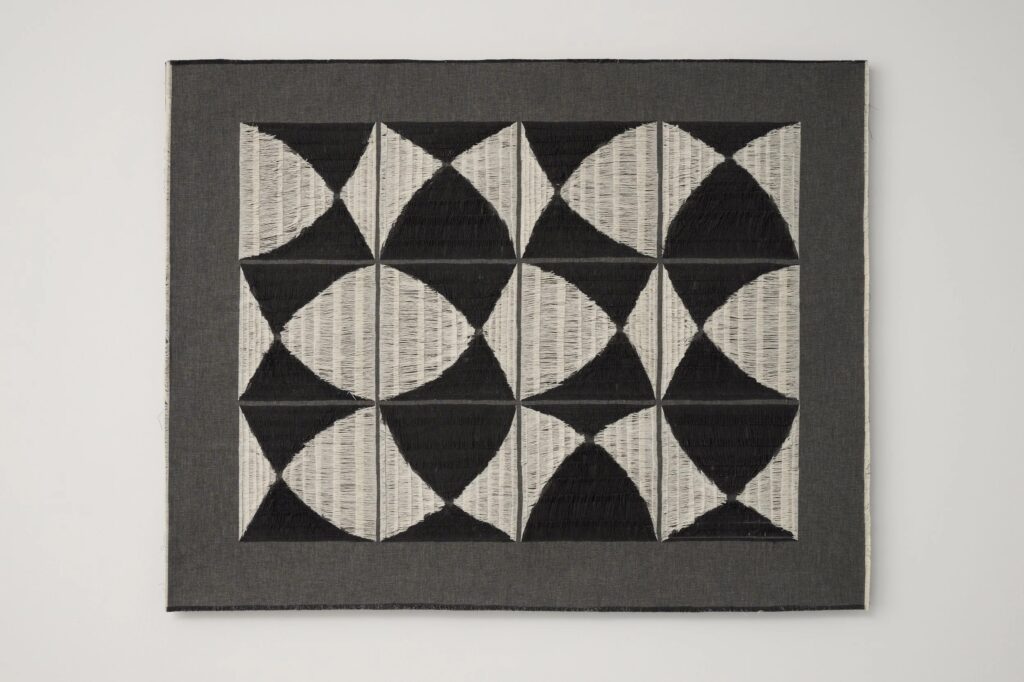
Rowley’s work has been exhibited internationally, including at Make Hauser & Wirth, Somerset, UK; the Scottsdale Museum of Contemporary Art, Arizona; Roche Court’s New Art Centre, Salisbury, UK; the Design Museum Gent, Belgium; and Isamu Noguchi Stone Heaven, Tokyo, Japan. In 2019, she was a finalist in the LOEWE Foundation’s Craft Prize, an internationally distinguished award for contemporary makers. Recently, in Repetition is a Form of Change, in the Fall of 2025 at Looiersgracht 60 in Amsterdam, Rowley reflected on her journey from a fundamentalist community at the age of 16 and the subsequent deconstruction of her faith. With site-specific installations and individual works, she merged views of the past and visions of the future. You can hear the artist in conversation about the exhibition with Francesca Raimondi, professor of philosophy at Free University Berlin, based both in Berlin and Amsterdam. Prof. Dr. Raimondi’s research spans aesthetics, critical social theory, feminism, and political philosophy, with a focus on how modern forms of subjectification and embodiment are critiqued and transformed through artistic practices: https://www.sophierowley.com/news.
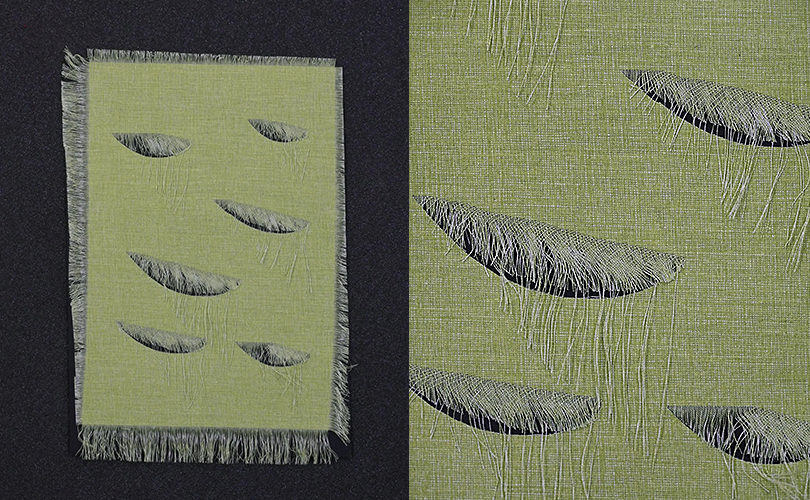
Rowley’s works are represented in the collections of the V&A, London; Scottsdale Museum of Contemporary Art, Arizona; the Design Museum Gent, Belgium; and the Georgetown University Art Galleries, Washington, D.C. She has completed a residency at Carraig na gCat/Ireland with the Josef and Annie Albers foundation and has another upcoming residency with their Thread residency in Senegal.

